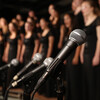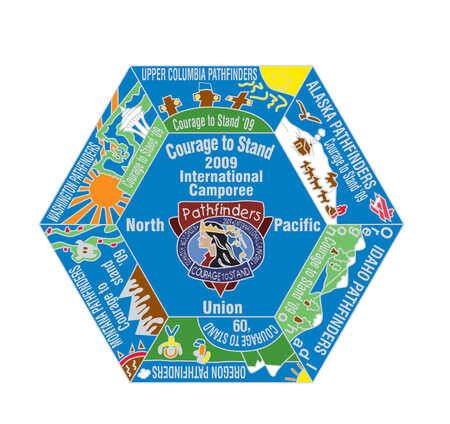Therefore, since we are surrounded by such a huge crowd of witnesses to the life of faith, let us strip off every weight that slows us down, especially the sin that so easily hinders our progress. And let us run with endurance the race that God has set before us. We do this by keeping our eyes on Jesus, on whom our faith depends from start to finish. —Hebrews 12:1–2, New Living Translation
Beginning with the first written record of the ancient Olympic Games in 776 B.C., the games were held in Olympia, Greece, for almost 12 centuries.
The five interlocking rings of the Olympic flag symbolize the five populated continents of the world (Africa, Australia, Asia, Europe and the Americas) “linked together in friendship.” Olympics founder Pierre de Coubertin claimed that at least one of the rings colors (blue, yellow, black, green and red, along with the white background) were present at that time in each country’s flag.
The Olympic flame is rekindled every two years in Olympia, Greece, using the sun’s rays and a concave reflective mirror.
Source: www.infoplease.com
Ancient Greek athletes regularly received prizes worth substantial amounts of money. The word athlete is an ancient Greek word that means “one who competed for a prize” and was related to two other Greek words, athlos meaning “contest” and athlon meaning “prize.”
While Olympic victors received an olive wreath as a prize at Olympia, it is known that victors commonly received other more lucrative rewards when returning to their home city. For instance, an Olympic victor who was a citizen of Athens could expect to receive a cash award of 500 drachmai, a literal fortune in the year 600 B.C.
The distance of the modern marathon was set at 26 miles 385 yards (42.195 kilometers) in 1908 when the Olympic Games were held in London. The distance was the exact measurement between Windsor Castle, the start of the race, and the finish line inside White City Stadium. The British royal family requested that the marathon start at Windsor Castle so that the royal children could witness its start. In 1924 this distance became the standardized length of a marathon.
Source: www.museum.upenn.edu/new/Olympics
Tennis and golf were the two sports in which women could compete when first allowed to participate in the modern Olympics at the 1900 games in Paris.
In Stockholm in 1912, the Olympic Games gained great benefit from the first use of electronic timing devices and a public address system.
The 1932 Olympic Games had the first photo-finish cameras as well as the Victory Platform and the Olympic Village. The 1936 Olympic Games were the first ones televised and also used telex transmissions to relay the results around the world.
Source: www.funtrivia.com




